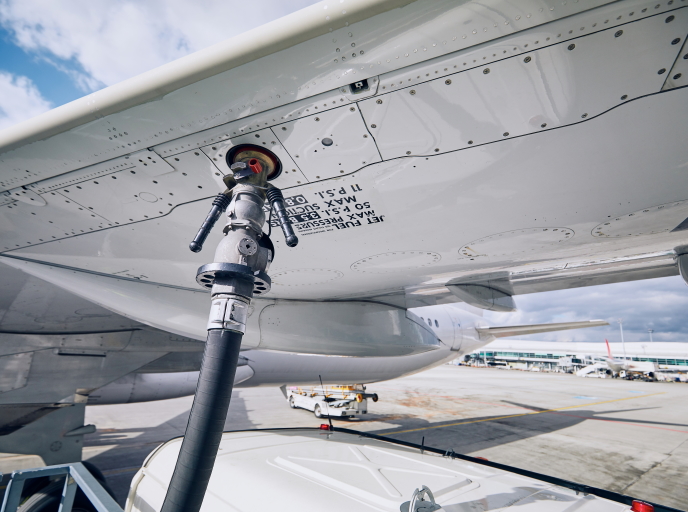Study sheds light on impact of inflight VR and AR
Immersive technologies provide entertainment and relaxation, offer new ways to promote and sell products during flights, and can reduce the stress passengers have during tight transfer times. Removing VR and AR comfort, communication and safety obstacles There are several hurdles to overcome before successfully introducing immersive technologies. Communication with cabin crew can be impacted, potentially affecting service efficiency and potentially passenger safety. Even on the ground, AR and VR can lead to discomfort. This effect may worsen during flight. To address these issues, the EU-funded IMCA(opens in new window) project “developed and evaluated an immersive experience by taking into account human factors such as health and well-being, safety, aircraft integration, and commercial and legal aspects,” says project coordinator Antoine de Reus. “The opportunities presented by VR and AR, like the intuitive and fast means of informing passengers about their flights and destinations, and the novel and improved ways to entertain passengers while flying, are all new,” he adds. Airlines are embarking on the very first experiments with immersive technologies. The project began by evaluating the potential of using several technologies for VR and AR applications during flight. The team selected three such devices currently available on the market. To achieve its aims, IMCA developed a methodology to identify and evaluate potential human factor issues involving immersive experiences and cabin safety concerns. It offers practical support by providing a checklist for identifying potential issues and an overview of tools and methodologies to assess passenger state. The latter helps to choose the right measurement tools for answering evaluation questions. Lastly, project partners tested the methodology by examining the effects of passengers using VR headsets for safety, and on-board service, experience and comfort. The experiment took place in a motion-based cabin simulator with 40 volunteers and crew. They were exposed to various flight scenarios, ranging from a calm flight to a flight with rapid decompression. This type of empirical test in itself is unique and a world first. The data collected really helped to get insight into the effects of on-board use of VR. Will service on aircraft using VR and AR live up to its promise? Findings show that while VR has added value for passengers, it also affects communication with the crew and possibly impacts on-board safety. Mr de Reus stresses: “When developing VR apps, it’s important to take these matters into account, bearing in mind that while a VR headset can be informative and relaxing, it shouldn’t be at the expense of crew interaction and safety.” “We’re still years away before VR and AR are adopted as mainstream, so responsibly introducing them in an aircraft cabin is in itself beyond state of the art,” concludes Mr de Reus. “IMCA has shed light on the true benefits of using VR and AR aboard flights, and the problems that need to be tackled in the future concerning passenger health and well-being, flight safety and security, legal issues and cultural etiquette, as well as aircraft system architecture and integration.”







